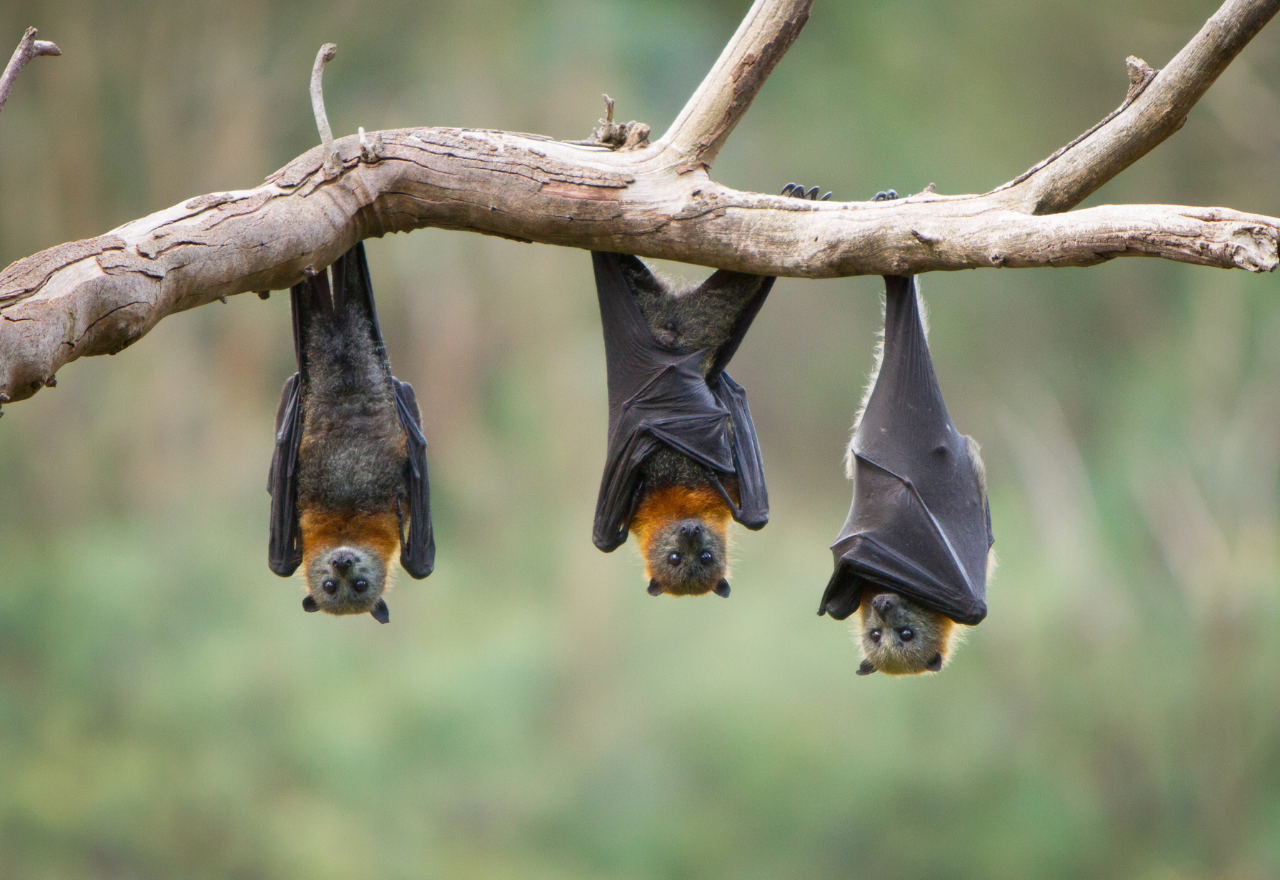Northern NSW man dies of lyssavirus after being bitten by a bat
03 July 2025, 5:44 AM

A northern NSW man in his 50s has died from Australian bat lyssavirus, making him the first person in the state to die from the disease.
On Wednesday, NSW Health issued a warning to avoid touching or handling bats, with the man in a critical condition in hospital.
There is no effective treatment for lyssavirus once symptoms appear in a human.
Australian bat lyssavirus is a close relative to the rabies virus. The virus has been found in species of flying foxes, fruit bats and insect-eating microbats.
NSW Health say they cannot give further details of the man's location due to privacy reasons.
Keira Glasgow, a Director in Health Protection at NSW Health, said lyssavirus is transmitted from infected bats to humans when the virus in bat saliva enters the body through a bat bite or scratch.
“This is a very tragic situation. The man had been bitten by a bat several months ago and received treatment following the injury. Further investigation is underway to understand whether other exposures or factors played a role in his illness,” Ms Glasgow said.
“We know 118 people required medical assessment after being bitten or scratched by bats in 2024, but this is the first confirmed case of the virus in NSW, and the fourth case in Australia.
“It is incredibly rare for the virus to transmit to humans, but once symptoms of lyssavirus start in people who are scratched or bitten by an infected bat, sadly there is no effective treatment.”
Ms Glasgow urged people to assume that any bat in Australia could carry lyssavirus, and said this is why only trained, protected and vaccinated wildlife handlers should interact with bats.
“If you are bitten or scratched by a bat, urgent medical assessment is crucial. You will need to wash the wound thoroughly for 15 minutes right away with soap and water and apply an antiseptic with anti-virus action, such as betadine, and allow it to dry. You will then
require treatment with rabies immunoglobulin and rabies vaccine.”
The best way to protect yourself from infection is to not touch bats. If you see a bat in distress, injured or trapped on the ground, do not try to rescue it. Instead, contact trained experts WIRES on 1300 094 737 or your local wildlife rescue group.
For more information about lyssavirus refer to the Rabies and Australian bat lyssavirus infection fact sheet.
For more information on protecting yourself around wildlife, visit: https://www.health.nsw.gov.au/Infectious/factsheets/Pages/be-careful-around-wildlife.aspx

